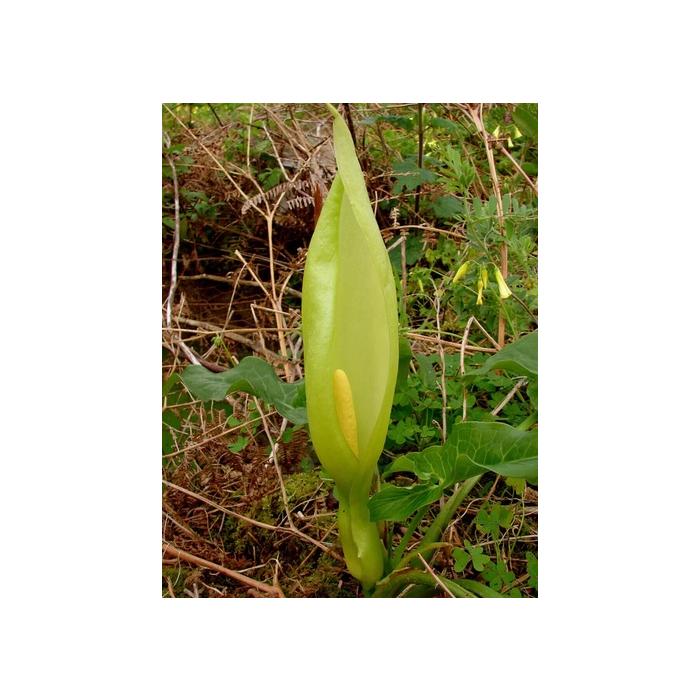Arum concinnatum - 5 Seeds Pack

SHIPPING IS FREE
Arum concinnatum, also known as the Italian Arum or Italian Lords-and-Ladies, is a perennial plant with beautiful foliage and unique flowers. Growing it from seeds can be a rewarding experience.
In stock
- SKU
- Arum concinnatum - 5 Seeds Pack
₹495.00
Description
Arum concinnatum, also known as the Italian Arum or Italian Lords-and-Ladies, is a perennial plant with beautiful foliage and unique flowers. Growing it from seeds can be a rewarding experience. Here are five tips to help you successfully grow Arum concinnatum from seeds:
1. Seed Stratification
Arum seeds require a period of cold stratification to break dormancy. Place the seeds in a damp paper towel, inside a plastic bag, and refrigerate them for about 6-8 weeks. This mimics winter conditions and prepares the seeds for germination.
2. Sowing Time
After stratification, sow the seeds in the late winter or early spring. This timing allows the seeds to germinate as the temperatures start to rise, providing optimal growing conditions.
3. Soil Preparation
Arum concinnatum prefers well-draining, humus-rich soil. Prepare a potting mix with equal parts of peat moss, perlite, and garden soil. Ensure the soil is slightly acidic to neutral (pH 6.0-7.0).
4. Planting Depth and Spacing
Sow the seeds about 1/4 inch (6 mm) deep in the soil. Space the seeds a few inches apart to allow room for growth. Lightly cover them with soil, and gently water to settle the soil around the seeds.
5. Watering and Light
Keep the soil consistently moist but not waterlogged. Arum concinnatum prefers partial shade to dappled sunlight. Ensure the seedlings receive enough indirect light to promote healthy growth.
Bonus Tip: Patience is Key
Arum concinnatum seeds can take several weeks or even months to germinate. Be patient and maintain consistent care during this period. Once established, these plants are hardy and will return year after year.
Following these tips should give you a good start in growing Arum concinnatum from se
1. Seed Stratification
Arum seeds require a period of cold stratification to break dormancy. Place the seeds in a damp paper towel, inside a plastic bag, and refrigerate them for about 6-8 weeks. This mimics winter conditions and prepares the seeds for germination.
2. Sowing Time
After stratification, sow the seeds in the late winter or early spring. This timing allows the seeds to germinate as the temperatures start to rise, providing optimal growing conditions.
3. Soil Preparation
Arum concinnatum prefers well-draining, humus-rich soil. Prepare a potting mix with equal parts of peat moss, perlite, and garden soil. Ensure the soil is slightly acidic to neutral (pH 6.0-7.0).
4. Planting Depth and Spacing
Sow the seeds about 1/4 inch (6 mm) deep in the soil. Space the seeds a few inches apart to allow room for growth. Lightly cover them with soil, and gently water to settle the soil around the seeds.
5. Watering and Light
Keep the soil consistently moist but not waterlogged. Arum concinnatum prefers partial shade to dappled sunlight. Ensure the seedlings receive enough indirect light to promote healthy growth.
Bonus Tip: Patience is Key
Arum concinnatum seeds can take several weeks or even months to germinate. Be patient and maintain consistent care during this period. Once established, these plants are hardy and will return year after year.
Following these tips should give you a good start in growing Arum concinnatum from se
Reviews
Write Your Own Review

